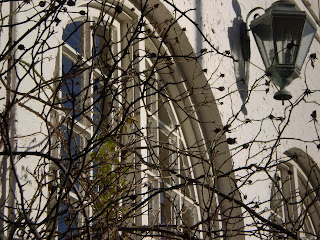Creating an indirect
portrait- the materials, style, and artifacts provide clues to who you are and
about your life. 10 photographs
revealing you from the inside- what makes you – YOU!
When studying your
space look for the following views:
Interior views of your home, specifically your personal spaces. Look for the details of the items and objects
that you surround yourself with every day.
·
Look for mirrors and how you can capture your
environment by the reflection.
·
Close up views of items.
·
Bird’s –eye view
·
Worm view
·
Normal view
How can you modify
the lighting in your space? Turn on only
lamps, all lights, open drapes vs close drapes
Think artistically about your environment- set up some of
your belongings to set up a story.
Example: preparation of going out to a dance, concert, etc.
How about how your
room looks at different times of the day- Be Original
·
Morning- messy bed
·
Afternoon- made bed but your uniform and books
on bed
·
Night- laptop, cell phone, books for homework
etc.
Why not photograph your family room, kitchen, bathroom, or
car. What do these locations and the way
you photograph it say about you?
Capture the following differently in each photograph-
·
point of view - framing, selective focus,
leading lines
·
lighting-
change the setting on your exposure time, look for shadows and reflections
·
textures
-look for the details in the materials and capture the information
The photos should NOT include “selfies”- reflections and old photographs in
the scene are acceptable.
.jpg)








.jpg)





.jpg)
.jpg)


.JPG)






.JPG)
.JPG)





.JPG)











